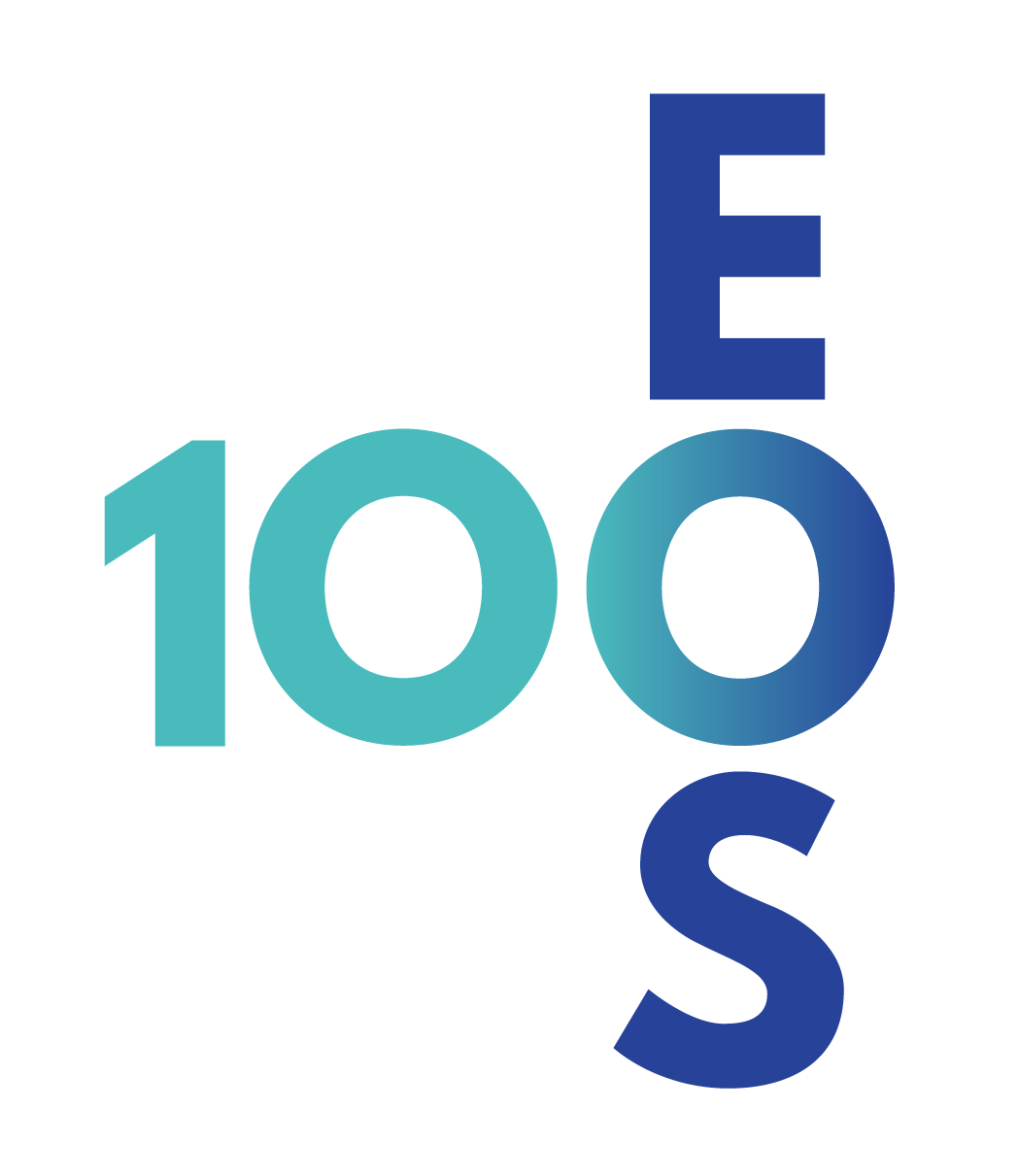)
Vincenzo d'Anto
Clear aligner treatment: bridging the gap between research and clinical practice
In the last decades there has been a significant increase in the use of clear aligners for the treatment of malocclusions in adults and children. Despite the fact that this is a quickly growing sector, there is still insufficient evidence with regard to the effectiveness and stability of clear aligner treatment compared with conventional fixed appliances.
The lecture will offer a comprehensive understanding of the evolution of clear aligners, in order to analyse the main factors playing a key role in the success of the therapy. The purpose of the lecture will be to summarize where we are and where we are going.
Aims and objectives
- The aim of this lecture will be to analyse indications and limits of a clear aligner therapy in contemporary clinical orthodontics, bridging the gap between scientific and clinical evidence.
- To help researchers and clinicians to interpret data from scientific literature to understand the treatment outcomes and the biomechanical aspects of clear aligner treatments.
Learning outcomes
- To gain understanding on the main factors playing a role in clear aligner biomechanics.
- To analyse indications and contraindications of clear aligner treatments.
- To know the main limitations of clear aligners and if they might be overcome in the future.
Speaker biography
Dr. Vincenzo D’Antò received his Degree in Dentistry, a Specialty in Orthodontics, a Master in Temporomandibular Disorders and a Master in Lingual Orthodontics from the University of Naples Federico II and a Master in Sleep Dentistry from University of Bologna. He completed a PhD in “Materials and Structures Engineering” and a second PhD in “Oral Sciences”. In 2017, Dr. D’Antò received the Italian national scientific qualification as full professor of Oral Sciences and He is currently working as associate professor at the School of Orthodontics of University of Naples Federico II.
Dr. D’Antò is member of IADR, EOS, AAO, WFO and SIDO, and the Past President of the Italian Society for Biomechanics (SIBOS). He authored many papers and has given oral presentations in more than 20 countries and at the international congresses of EOS, AAO, IADR, SIDO, EAS, DGAO, SFOPA, SiAlign, NVvO, HOD. Dr. D’Antò received the Robert Frank Award (2004, 2005, 2009) and the Hatton Award (2006) of IADR, the SIDO award, the EOS Houston Award (2012) and the Tiziano Baccetti Award (2016).

